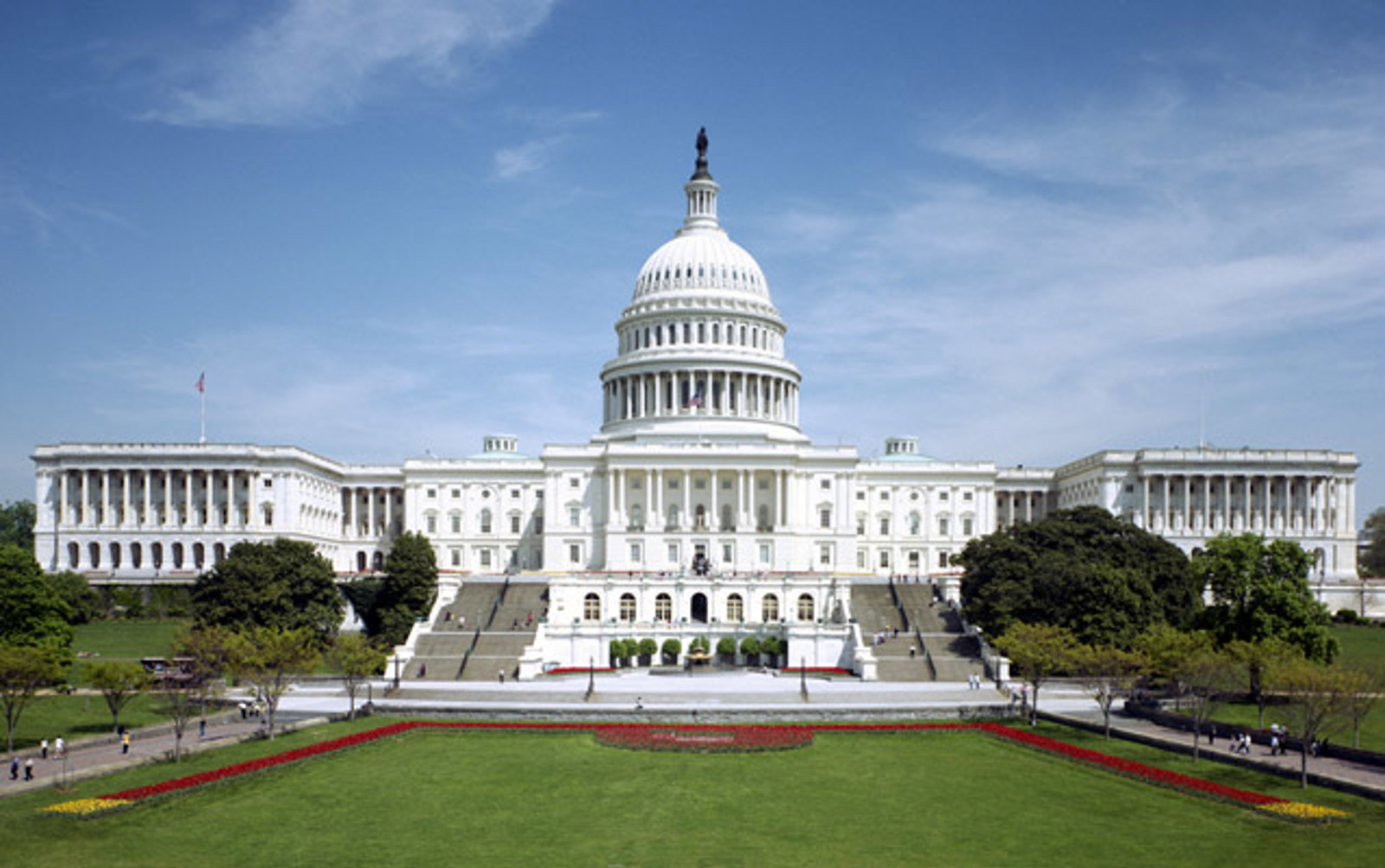President’s Budget Proposes Deep Cuts to Student Aid Programs
In submitting the final details of the administration’s FY 2026 budget request for the Department of Education to Congress, President Trump proposed significant cuts to critical student aid programs. The proposed budget would cut the Pell Grant by $1,685, reducing the maximum award to $5,710, eliminate Supplemental Educational Opportunity Grants (SEOG), and severely cut the Federal Work-Study program, as indicated in the skinny budget released last month.
While the proposed cuts by the Trump Administration are deeply concerning, Congress will have the final say in the annual appropriations process.
Congress receiving the President’s Budget Request signals the kickoff to the annual appropriations process. Once congressional committees hear from agency heads, the House and Senate Appropriations Committees will write their own bills reflecting congressional priorities. The House will act first on education funding with the Appropriations Subcommittee on Labor, Health and Human Services, Education, and Related Agencies scheduled to markup its FY 2026 bill the week of July 21.
According to the Department’s budget justification, if the cuts to student aid are enacted by Congress, all Pell Grant recipients would experience a reduction in their grant, an estimated 111,000 students would lose Pell Grant eligibility entirely, almost 1.6 million students would lose SEOG grants, and 119,000 students would lose work-study jobs.
The rationale offered by the administration for cutting the maximum Pell Grant award is to ensure the current funding shortfall for the program is covered first. The administration asserts that “maintaining the current maximum award and eligibility would put the program in an untenable financial position.” The budget also notes the administration’s support of the Workforce Pell program, which would allow students to use Pell Grants for short-term job training programs.
In justifying the elimination of SEOG, the administration deems the program to be duplicative of the Pell Grant program, as it provides additional grant aid to Pell Grant recipients, and that it is poorly targeted because most of the institutional recipients are private, nonprofit colleges. The budget calls for reforms to Federal Work-Study to reduce the federal contribution to 25% down from the current 67% share.
In addition to the cuts to student financial aid that goes directly to students, the budget proposes to eliminate more than $2 billion for higher education programs it deems are “duplicative, more appropriately supported with state, local, institutional or private funds, are outside of the Department’s core mission, or have not shown evidence of effectiveness.” These include TRIO, GEAR UP, Child Care Access Means Parents in School, Strengthening Institutions Program (SIP; Title III-Part A), International Education and Foreign Language (Title VI), Graduate Assistance in Areas of National Need, Teacher Quality Partnership Grants, and Hawkins Centers of Excellence.
Except for the elimination of SIP, grants for all other strengthening institutions programs for Historically Black Colleges and Universities and other minority-serving institutions are proposed for continuation under Titles III and V.
Secretary of Education Linda McMahon defended the administration’s budget request for education before the Senate Subcommittee on Labor-HHS-Education Appropriations, which reflected bipartisan concern with the proposed elimination of TRIO and concern about the agency releasing FY 2025 funding approved by Congress.
For more information, please contact:
Stephanie Giesecke

